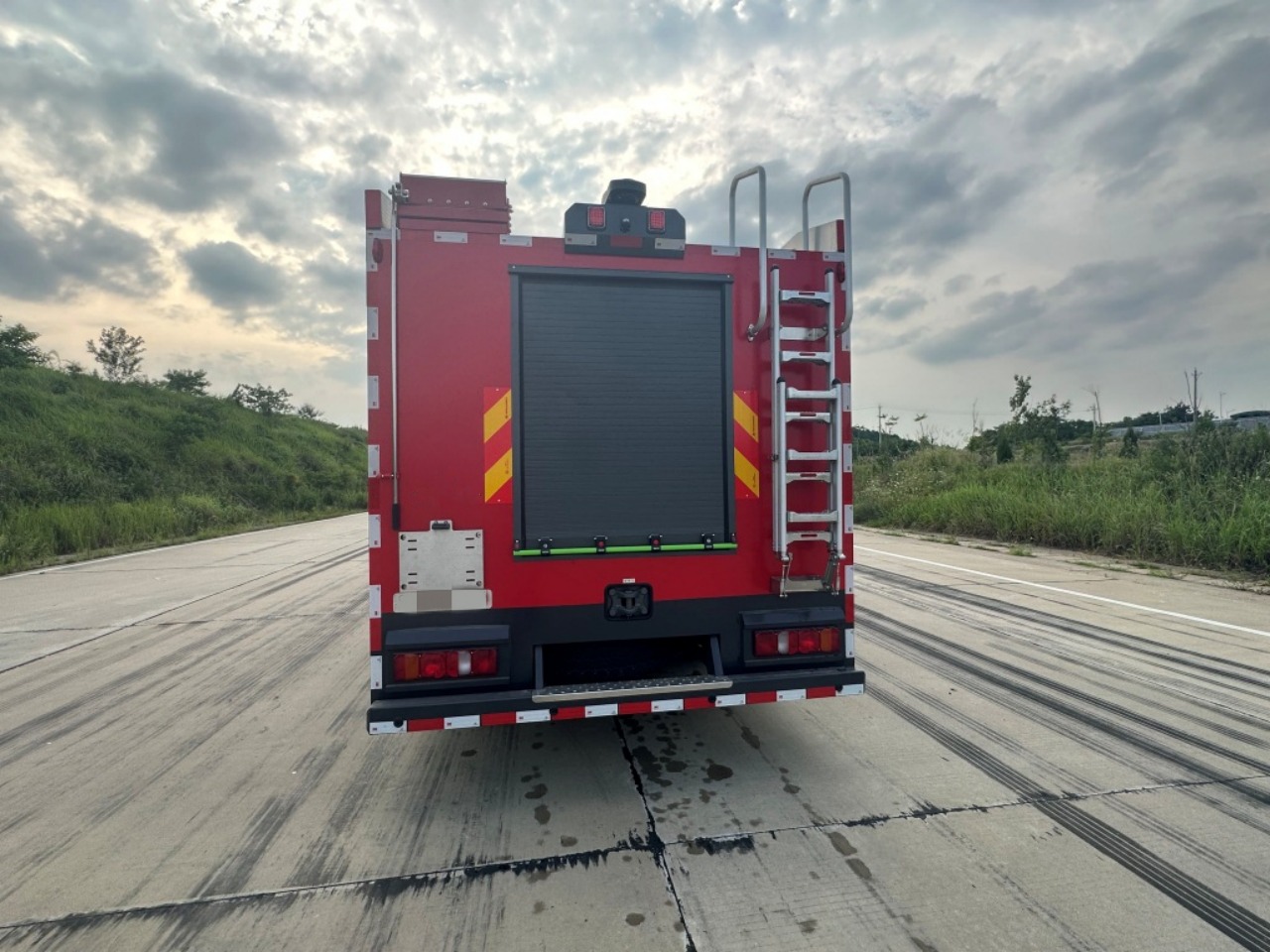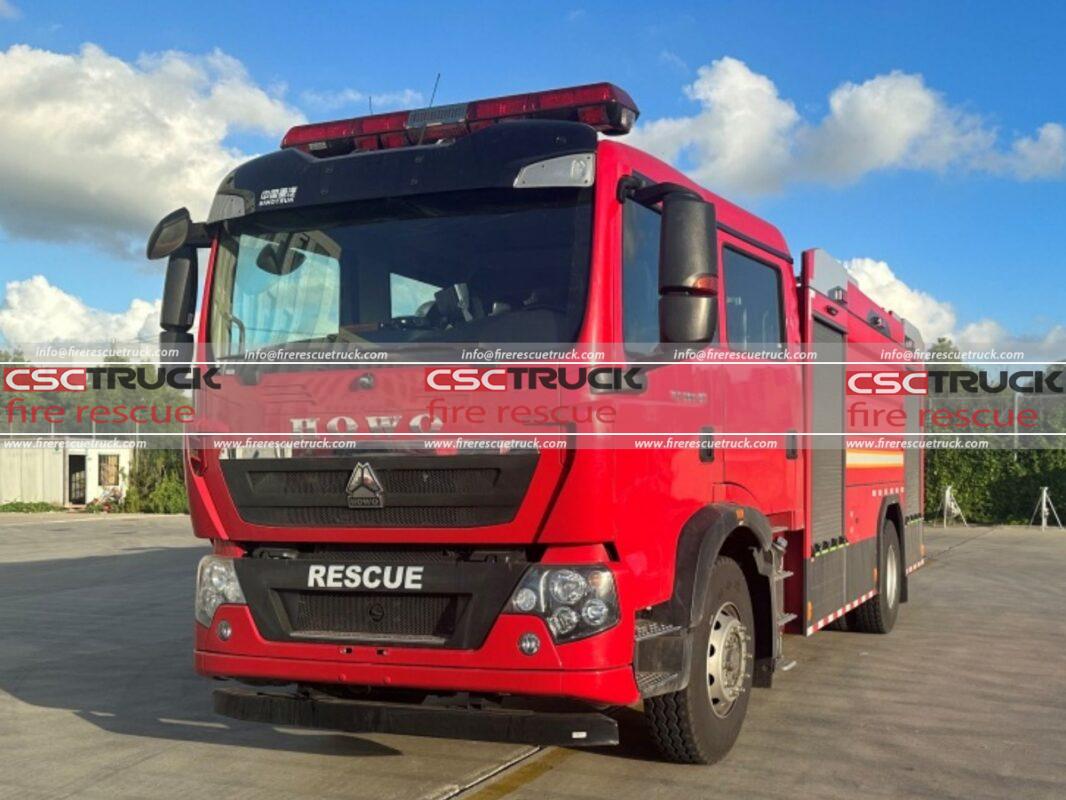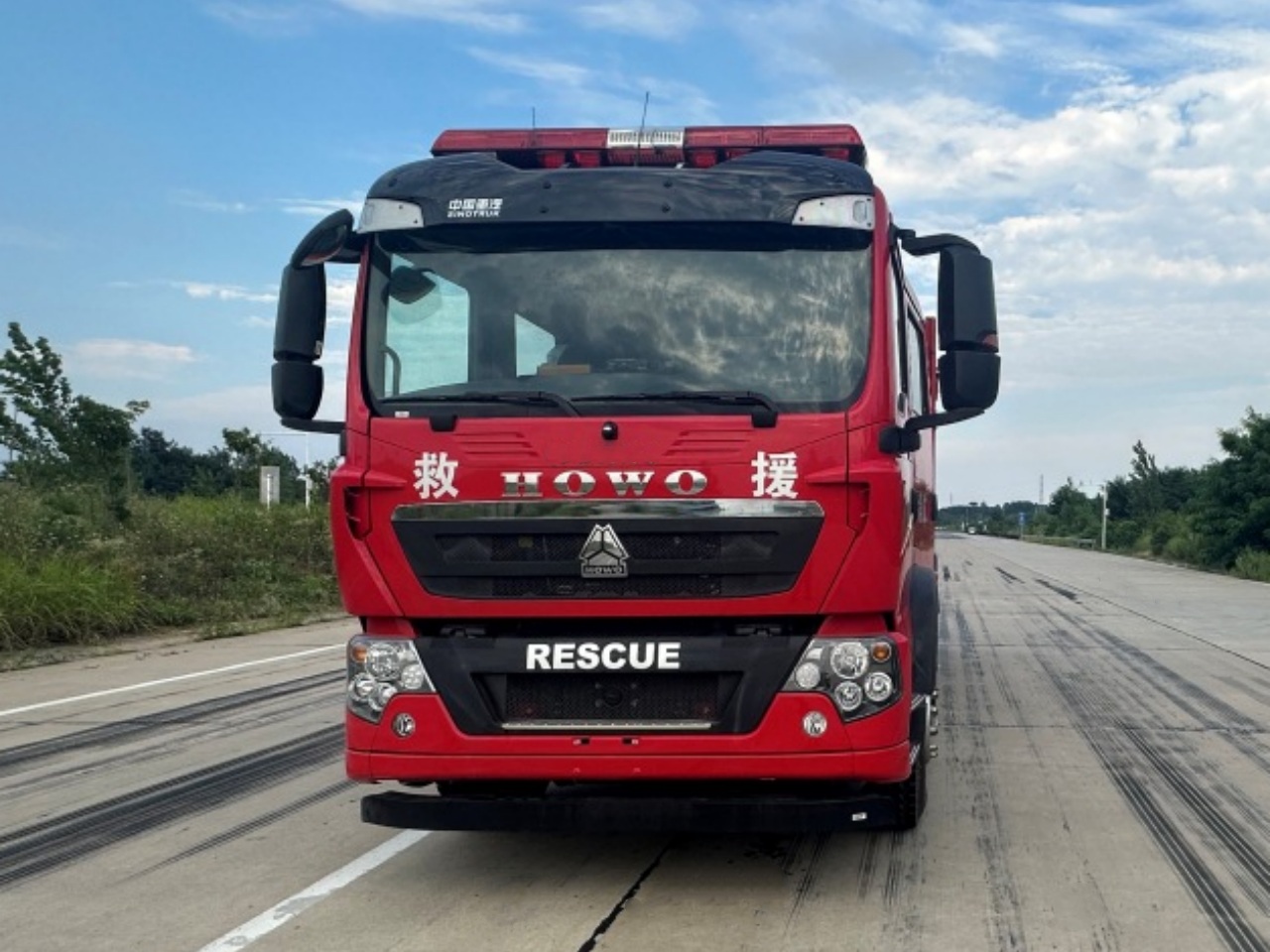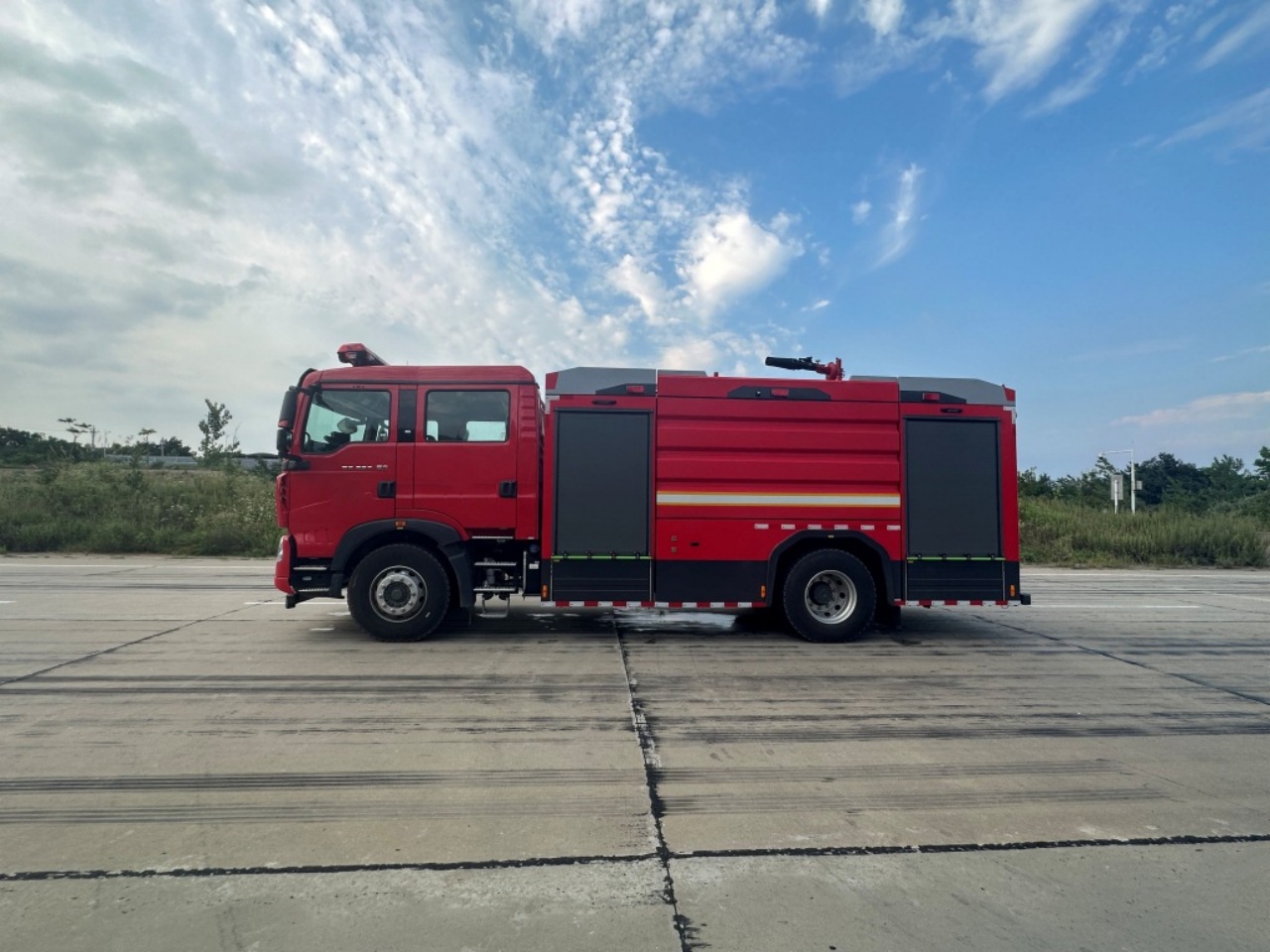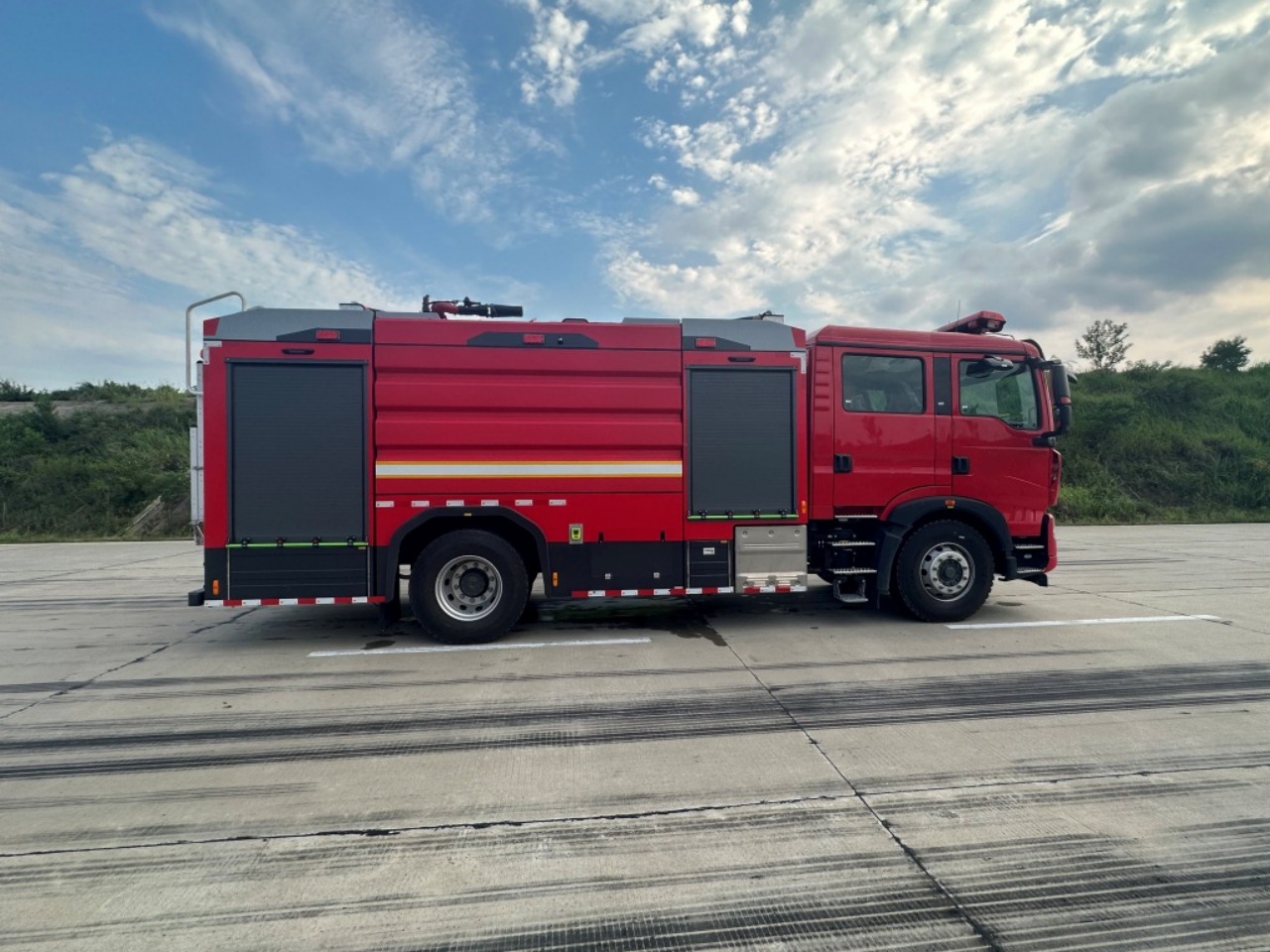Fire engines are among the most recognized and vital emergency response vehicles in the world. With their bright red color, flashing lights, and loud sirens, fire engines serve as the frontline defense against fires, accidents, and various emergencies. But have you ever wondered what goes on behind the scenes? How does a fire engine work? In this article, we’ll explore the mechanics, equipment, and operational procedures that make a fire engine an essential tool in emergency response.
The Purpose of a Fire Engine
At its core, a fire engine (often used interchangeably with “fire truck,” although technically they can differ) is designed to carry firefighters, equipment, and water to the site of an emergency. Beyond firefighting, modern fire engines are equipped for rescue operations, medical emergencies, and hazardous material response.
There are different types of fire engines, including pumpers, aerial ladder trucks, and specialized rescue units. Each type is built to fulfill specific roles. However, most fire engines are multipurpose vehicles capable of handling a variety of emergencies.
Key Components of a Fire Engine
To understand how a fire engine works, let’s break down its major components and systems.
1. Water Pumping System
The heart of any fire engine is its pump. This high-powered pump draws water from either the onboard water tank or an external source (like a fire hydrant, lake, or pond) and distributes it through hoses at high pressure. The most common pump used is a centrifugal pump, which relies on spinning impellers to pressurize and move water.
Firefighters control water output using a series of levers and gauges located on a control panel. Depending on the need, they can adjust the pressure and direct water flow to multiple hoses simultaneously.
2. Water Tank
Most fire engines are equipped with an onboard water tank. These tanks typically hold between 500 and 1,500 gallons of water, depending on the size and type of the vehicle. While the tank provides an immediate water supply for initial firefighting efforts, it’s usually not enough for prolonged operations. That’s why fire engines often connect to hydrants or bring additional water tenders to support larger fires.
3. Hoses and Nozzles
Fire engines carry a variety of hoses designed for different functions:
- Attack lines (typically 1.5 to 2.5 inches in diameter) deliver water directly to the fire.
- Supply lines (often 4 to 5 inches) transport water from hydrants or other engines.
- Booster lines, small-diameter hoses on reels, are used for smaller fires like grass or vehicle fires.
Nozzles at the end of hoses allow firefighters to control the water stream, adjusting pressure, pattern, and direction based on the fire type.
4. Engine and Drivetrain
The engine powering the fire truck isn’t just used for driving. It also powers the pump and other hydraulic systems. Fire engines typically have large diesel engines capable of generating between 300 and 600 horsepower, ensuring they can navigate urban roads or rugged terrain while fully loaded.
When the fire engine arrives at a scene, it may engage a Power Take-Off (PTO) system. This redirects engine power to operate the water pump or lift ladders, effectively turning the vehicle into a stationary firefighting hub.
5. Ladders and Aerial Devices
Aerial fire engines, also known as ladder trucks, feature extendable ladders or platforms (buckets) that can reach heights of up to 100 feet or more. These are essential for accessing upper floors of buildings, conducting rescues, and spraying water from above.
Some engines carry ground ladders as well—portable ladders that can be manually positioned. These are useful in smaller spaces or when quick access is needed.
6. Rescue and Medical Equipment
Modern fire engines are equipped with more than just hoses and water. They carry tools for forced entry (axes, crowbars), cutting (hydraulic rescue tools like the “Jaws of Life”), ventilation (fans, saws), and emergency medical care (oxygen, defibrillators, trauma kits). This allows firefighters to assist in vehicle extrications, building collapses, and life-saving procedures before paramedics arrive.
7. Communication and Navigation
Each fire engine is fitted with radios, GPS systems, and sometimes mobile data terminals (MDTs). These systems keep the crew connected with dispatch, help navigate to emergencies quickly, and provide situational awareness while en route.
How Fire Engines Operate in an Emergency
When an emergency call comes in, firefighters spring into action. The process typically goes like this:
- Dispatch Alert: The fire station receives an alert via radio, phone, or digital system. Within seconds, firefighters gear up and head to the fire engine.
- En Route: The fire engine departs with lights and sirens activated. GPS and dispatch instructions guide them to the incident location.
- Arrival and Setup: On arrival, the crew assesses the scene. One firefighter may begin operating the pump while others pull hoses, secure water supplies, or set up ladders.
- Water Supply: If the onboard water tank is insufficient, the crew connects hoses to a fire hydrant or a second water truck to maintain a continuous flow.
- Fire Suppression and Rescue: Firefighters enter the structure with hoses or tools, ventilate the area, rescue trapped individuals, and extinguish the fire. The operator outside monitors the pump to ensure water flow is steady and pressure is appropriate.
- Wrap-Up and Return: Once the emergency is resolved, the equipment is cleaned and repacked. The fire engine returns to the station, ready for the next call.
Fire Engine Crew Roles
A typical fire engine crew includes:
- Driver/Engineer: Operates the vehicle and manages the water pump.
- Captain or Lieutenant: Leads the crew and coordinates tactics on the scene.
- Firefighters: Perform direct firefighting, rescues, and equipment handling.
Some crews also include EMTs or paramedics to deliver medical aid.
Fire Engine Maintenance and Readiness
Fire engines must be in top condition at all times. Daily checks include:
- Fuel, oil, and fluid levels
- Pump and hose functionality
- Equipment inventory
- Tire pressure and brakes
- Emergency lighting and sirens
Preventive maintenance ensures the vehicle can respond instantly and perform reliably under stress.
Conclusion
The fire engine is a marvel of engineering and a symbol of protection. Combining raw power, advanced technology, and specialized equipment, it is designed to handle a wide range of emergencies. Understanding how a fire engine works offers a deeper appreciation of the science, coordination, and bravery involved in firefighting. Next time you see one speeding by, you’ll know just how much complexity rides along with those flashing lights and wailing sirens.
